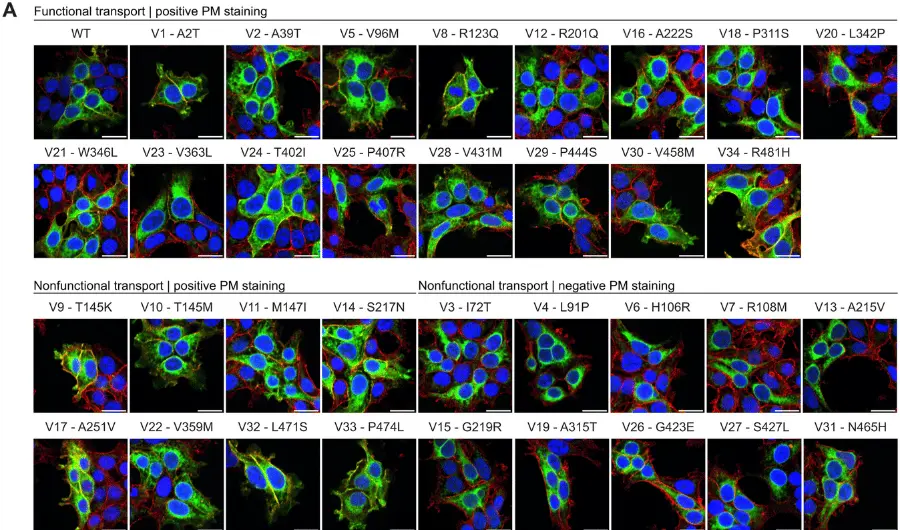A Drug from Resin to Combat Epileptic Seizures
June 8, 2021
Article, published in EurekAlert
New molecules, developed by researchers at Linköping University, have promising properties as possible drugs against epilepsy. A study published in the journal Epilepsia shows that several of the molecules have anti-seizure effects.
In people with epilepsy, the nerve cells in the brain become overactive, causing epileptic seizures.
“More than 60 million people in the world have epilepsy. A third of them still experience seizures despite taking medication, so there is a pressing need for new types of drugs”, says Nina Ottosson, principal research engineer in the Department of Biomedical and Clinical Sciences, Linköping University.
In the newly published study, the researchers have examined an ion channel that affects how readily a nerve impulse is stimulated. This channel, the potassium ion channel denoted by hKV7.2/7.3, plays an important role in epilepsy. If it is closed, an epileptic seizure can occur, while the seizure can be stopped if the channel opens. One drug, retigabine, can open hKV7.2/7.3, and this was useful in treating severe epilepsy. Retigabine, however, affects other ion channels, in particular channels in the smooth muscle found in, for example, the bladder and blood vessels. This gave undesired effects, such as abnormally low blood pressure and difficulties in urinating. Retigabine was withdrawn a couple of years ago.
The researchers have shown in the study that several of the new resin acid molecules can open hKV7.2/7.3. They also investigated whether the molecules affect a closely related ion channel, hKV7.4, which is opened by retigabine and contributes to its undesired effects. Experiments in tissue from rats demonstrated that the new molecules have less effect on smooth muscle, and it is thus less probable that they give undesired effects on blood vessels and the bladder. The new resin acids influence ion channels using a different mechanism than that used by retigabine. The researchers believe that the difference in the mechanism of action is significant for the effects in different tissues.







